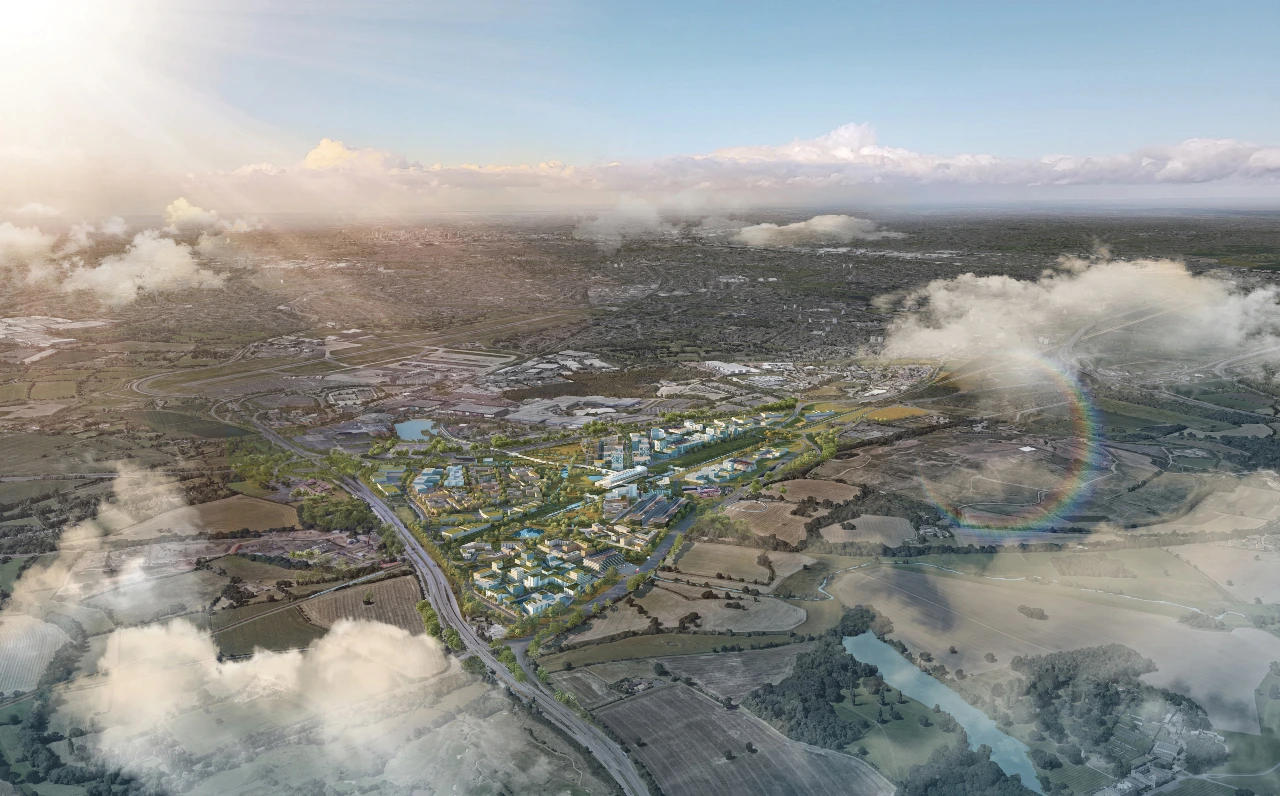
With a Budget imminent, growth in our major regional cities has to be on the agenda, especially for those of us trying to capitalise on the levelling up opportunities arising from high-speed rail.

HS2 is the exceptional project of this millennium that can turbocharge our regional cities – especially Birmingham and the wider West Midlands.
Only our large cities have the infrastructure and concentration of existing assets on which to build a prosperous future for all.
Becoming a short journey time from central London will pay dividends for all the destinations along the route. For regional boroughs like Solihull, which will play host to the Interchange station, the first stop on the line outside of London, it offers the chance to build upon the economic assets it already has – Birmingham Airport, the NEC, Jaguar Land Rover – and strengthen them further.
Our regional economies are growing – but there’s still a way to go
Organisations like the Urban Growth Company (UGC in Solihull are working flat out to bridge the gap between our secondary population centres and London, which is so much more visible in the UK compared with other Western nations.
Unlike other countries that have hugely successful regional cities – Germany, France, Australia, the US – the UK’s big regional cities average just 86% of our national average GDP according to OECD figures.
The UK’s regional cities underperform, and this is holding back not just our regions, but also the whole country.
According to Centre for Cities, it is estimated that if Birmingham, Manchester, Leeds and Liverpool performed even close to the national average GDP, it would add another 5% to our national GDP and generate billions of pounds for the Treasury.
Germany’s regional cities, like Hamburg, Frankfurt, Munich and Düsseldorf, exceed the national average per capita GDP, as does that of Lille and Lyon in France.
Levelling up regional economies
The UGC is playing its part to grow the regional economy of the West Midlands by drawing in capital and sector growth focused on an employment zone on the eastern border of Birmingham and northern Solihull that already includes major names like IMI, Changan Automotive, Rolls Royce and Fujitsu.
The resurgence of our big regional cities since the millennium has been led by population growth fuelling improvements to the transport and planning of our city centres.
But we continue to face challenges to levelling up, which the UGC is dedicated to meeting. Our vision is to create a new, future-proof, wealth- and job-creating part of the region. The UK Central Hub covers thousands of acres around not just Birmingham Airport and the NEC, but also Birmingham Business Park, Arden Cross, including the HS2 Interchange station, and the nearby Jaguar Land Rover site.
We have the potential to add 8,000 new homes, seven million sq ft of commercial space, 30,000 new jobs and add £6.2bn a year to the regional economy across this area. We have already helped attract almost £1bn in road, rail and other infrastructure improvements to help make this happen.
We’re creating Europe’s best-connected destination for business, leisure and living, and an outstanding new gateway to the UK with a major airport, rail connections and motorways together in one place.
It’s the ideal place for businesses to flourish while partnering with universities and other institutions to bring about real change, the kind we’ve previously seen in our region in the past thanks to our industrial and commercial heritage.
The regional mayor, Andy Street, is focused on driving forward with an agenda that aims to build upon the best of what we already have: connectivity, advanced manufacturing and world-class universities. The West Midlands is determined to ensure our region realises more of its huge potential and delivers the jobs, homes and connections we need for the future.
[Read more: The cities with the highest predicted GDP for 2023]






